Selecting the right material is crucial for any interior design project. The choices you make will impact the look, feel, and durability of your space.
Materials play a significant role in the overall success of your design. They determine the aesthetics, functionality, and longevity of your project. Whether you are renovating a room or designing a new space, understanding the importance of materials is key.
Different materials offer unique benefits and drawbacks. Some may be perfect for high-traffic areas, while others might be better suited for creating a cozy atmosphere. Knowing which material fits your needs can save time and money. In this blog, we’ll explore the factors to consider when choosing materials, ensuring your project is both beautiful and practical. Stay tuned to make informed decisions for your interior design journey.
Introduction To Material Selection
Choosing the right material for your interior design project is crucial. The material you pick can affect the look and feel of your space. It can also impact the functionality and durability of your design. This guide will help you understand the importance of material choice and its impact on aesthetics and functionality.
Importance Of Material Choice
The right material can make or break your design project. It is vital to consider the purpose of the space. For example, a kitchen needs materials that are heat and stain-resistant. A bedroom may need soft, cozy materials for comfort.
Here are some key factors to consider:
-
Durability: Choose materials that can withstand wear and tear.
-
Maintenance: Opt for materials that are easy to clean and maintain.
-
Cost: Consider your budget. Some materials are more expensive than others.
Impact On Aesthetics And Functionality
Material choice significantly impacts the aesthetics and functionality of a space. Different materials create different moods and atmospheres. For instance, wood can add warmth, while metal can give a modern look.
Here’s a table to help you understand the impact of various materials:
|
Material |
Aesthetic Impact |
Functional Use |
|---|---|---|
|
Wood |
Warm, Natural |
Furniture, Flooring |
|
Metal |
Modern, Sleek |
Fixtures, Appliances |
|
Glass |
Transparent, Open |
Windows, Tables |
|
Ceramic |
Classic, Durable |
Tiles, Vases |
Each material has its pros and cons. Make sure to weigh these before making a decision. By choosing the right materials, you can create a space that is both beautiful and practical.
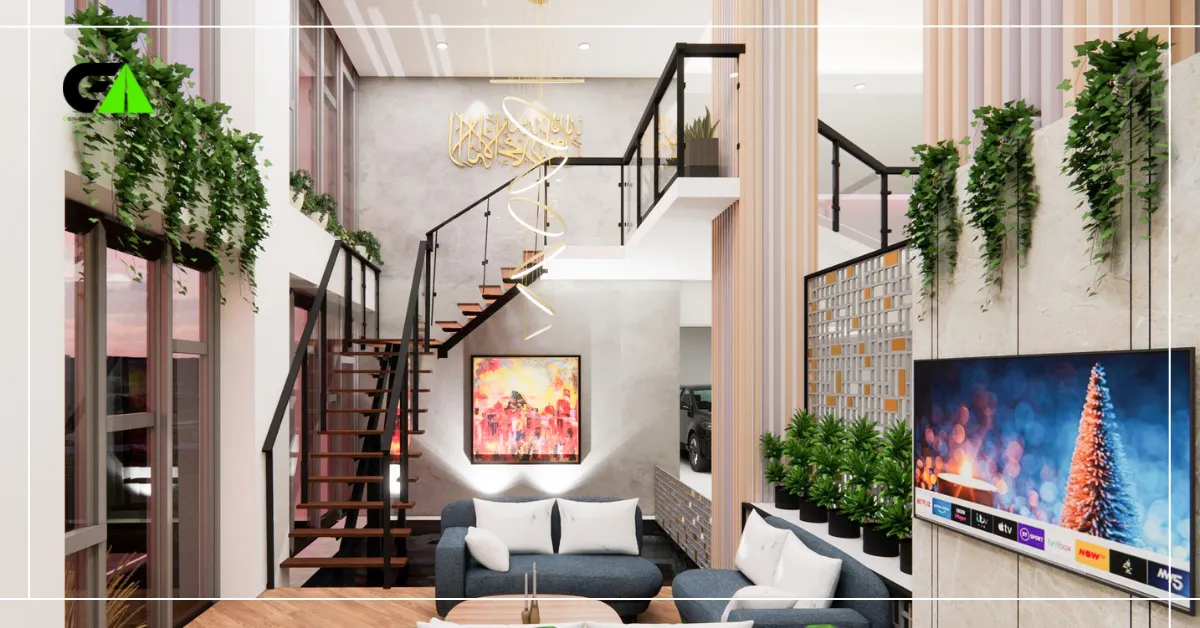
Assessing Your Needs
Before diving into your interior design project, it’s crucial to understand your needs. This helps in choosing the right materials, which can save time and money. Here’s a guide to help you in assessing your needs for your project.
Understanding Project Requirements
First, identify the purpose of each room. Is it a living space, a kitchen, or a bedroom? Different rooms have different requirements. For example, a kitchen needs materials that can handle heat and moisture. A living room, on the other hand, might prioritize comfort and aesthetics.
Consider the functionality of the materials. Are they durable? Are they easy to clean? These questions help narrow down your choices.
|
Room |
Key Requirements |
|---|---|
|
Kitchen |
Heat-resistant, Moisture-resistant, Easy to clean |
|
Living Room |
Comfortable, Aesthetically pleasing, Durable |
|
Comfortable, Warm, Relaxing |
Considering Budget Constraints
Next, think about your budget. Quality materials can be expensive, but they are often worth the investment. Start by setting a budget for each room. This helps in making informed choices without overspending.
Here are some tips to manage your budget:
-
Compare prices from different suppliers
-
Look for sales and discounts
-
Consider using a mix of high and low-cost materials
Balancing quality and cost is key. Sometimes, spending a bit more can save money in the long run.
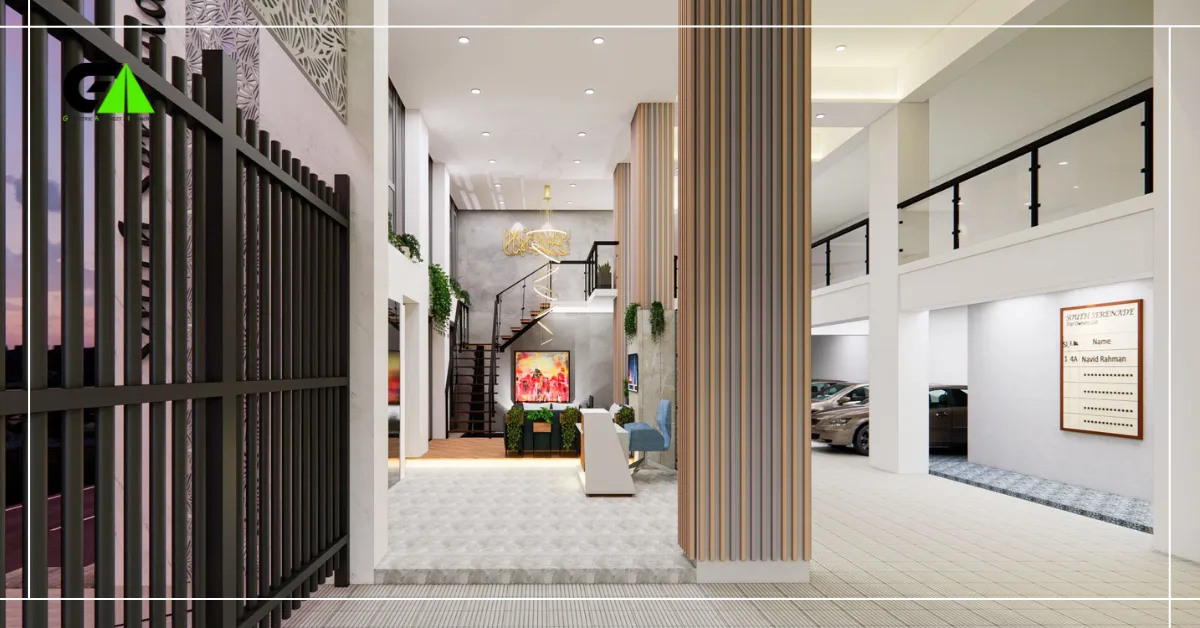
Popular Material Options
Choosing the right materials is crucial for any interior design project. Each material offers distinct advantages and characteristics. Knowing popular material options helps in making informed decisions for your space. Below, we explore some top choices in detail.
Wood And Its Varieties
Wood is a timeless material for interior design. It brings warmth and natural beauty to any space. Popular wood types include oak, walnut, and cherry. Oak is strong and durable, great for flooring and furniture. Walnut offers rich, dark tones, perfect for a luxurious feel. Cherry wood has a reddish hue, adding elegance and charm.
Each wood type has unique properties. They can be stained or finished to match your design. Wood also provides excellent insulation. It is a sustainable choice when sourced responsibly.
Metal And Its Applications
Metal is another versatile material in interior design. It adds a modern and sleek look to spaces. Common metals used include steel, aluminum, and brass. Steel is strong and durable, ideal for structural elements. Aluminum is lightweight and corrosion-resistant, perfect for window frames and doors. Brass offers a warm, golden tone, adding a touch of luxury.
Metals are easy to clean and maintain. They can be used in various finishes, like polished, brushed, or matte. Metal accents can enhance both contemporary and traditional designs. They provide a balance of strength and style.
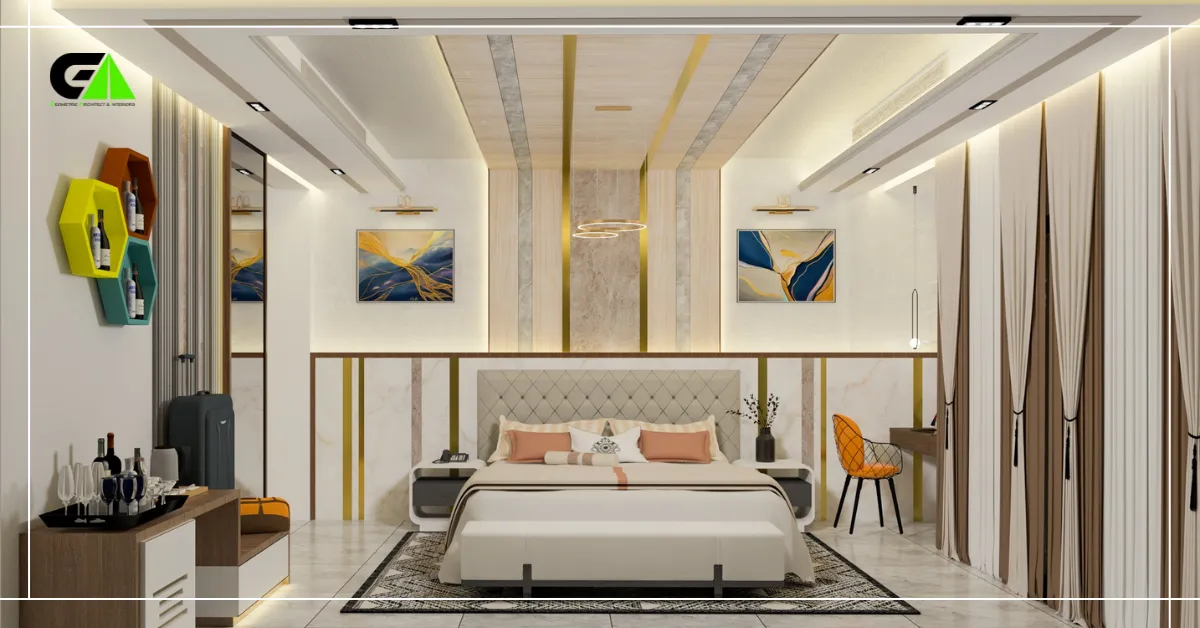
Sustainable Choices
Choosing sustainable materials for your interior design project is important for the environment. Sustainable choices help reduce waste and conserve natural resources. They can also create a healthier living space.
Eco-friendly Materials
Eco-friendly materials are made from renewable resources. Bamboo is a popular choice. It grows quickly and is very durable. Cork is another great option. It is harvested without harming the tree. These materials are biodegradable and have a low carbon footprint.
Recycled And Upcycled Options
Recycled materials give new life to old products. Reclaimed wood is a good example. It adds character and history to your space. You can also use recycled metal for a modern look. Upcycled options are creative and unique. Old furniture can be transformed into stylish new pieces. This approach reduces waste and saves money.
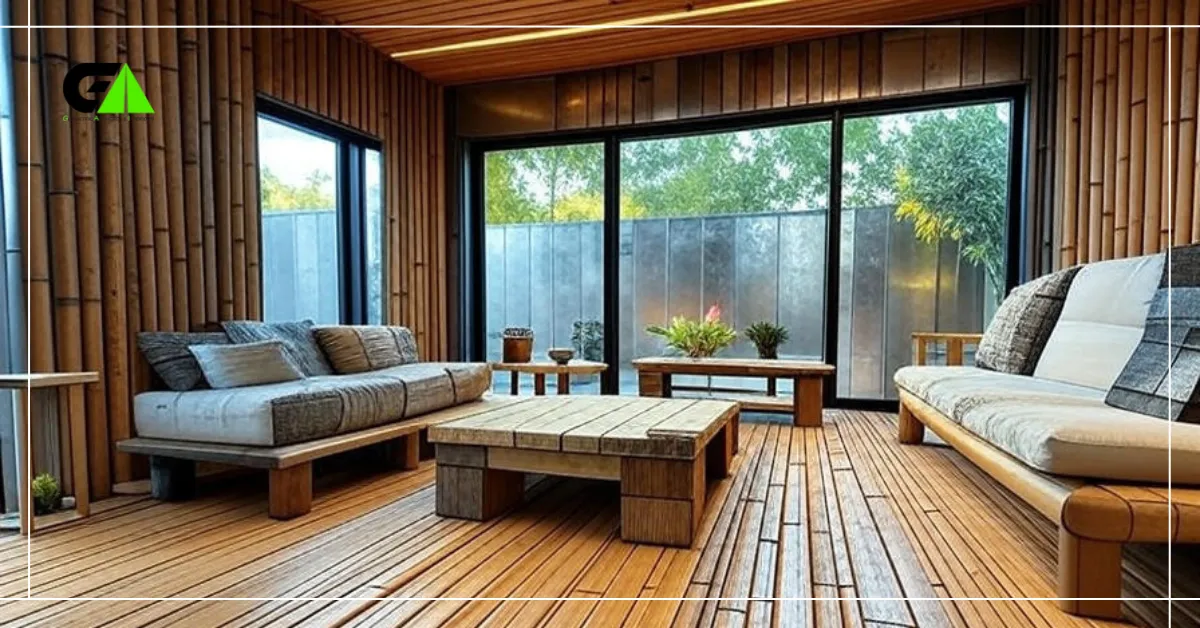
Durability And Maintenance
Choosing the right material for your interior design project is crucial. Durability and maintenance play a significant role in this decision. You need materials that are both long-lasting and easy to maintain.
Long-lasting Materials
Long-lasting materials ensure your interior design remains beautiful for years. Here are some materials known for their durability:
- Hardwood – Hardwood floors resist wear and tear. They can be refinished multiple times.
- Stone – Natural stone like granite or marble is incredibly durable. It resists scratches and heat.
- Tile – Ceramic and porcelain tiles are tough. They withstand heavy foot traffic and moisture.
- Quartz – Quartz countertops are non-porous and resist stains. They are also scratch-resistant.
Ease Of Cleaning And Upkeep
Maintenance is key to keeping your space looking fresh. Choose materials that are easy to clean and require minimal upkeep.
Here are some tips for easy maintenance:
- Vinyl Flooring – Vinyl is easy to clean with just a mop. It resists stains and water damage.
- Laminate – Laminate surfaces wipe clean effortlessly. They are resistant to scratches and stains.
- Stainless Steel – Stainless steel surfaces are easy to clean with a damp cloth. They resist rust and corrosion.
- Glass – Glass is simple to maintain. A quick wipe with a glass cleaner keeps it sparkling.
| Material | Durability | Maintenance |
|---|---|---|
| Hardwood | High | Moderate |
| Stone | Very High | Low |
| Tile | High | Low |
| Quartz | Very High | Low |
| Vinyl | Moderate | Low |
| Laminate | Moderate | Low |
| Stainless Steel | High | Low |
| Glass | Moderate | Low |
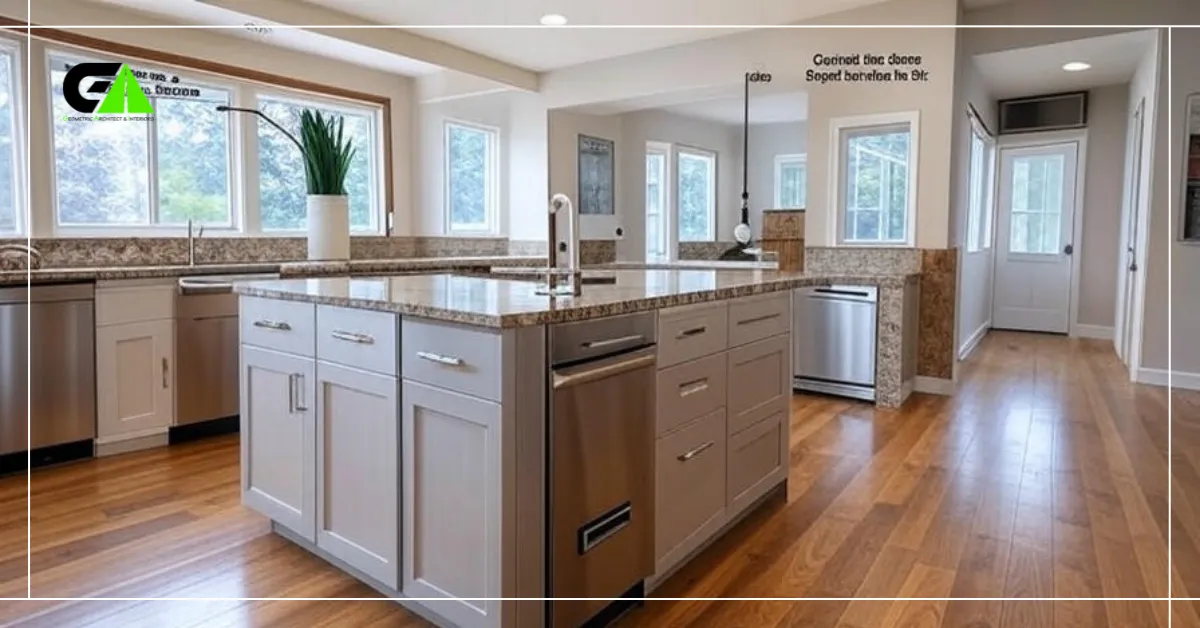
Aesthetic Appeal
Choosing the right material for your interior design project is crucial. The aesthetic appeal can greatly influence the look and feel of your space. It is not just about how the material looks but also how it complements the overall design.
Matching Material With Design Style
Each design style has its unique set of materials. For a modern look, opt for sleek and smooth surfaces. Think glass, metal, and polished wood. For a rustic style, natural materials work best. Use stone, wood, and raw finishes. In a traditional setting, rich woods and plush fabrics add elegance. Match your material with your chosen design style for a cohesive look.
Color And Texture Considerations
Color plays a vital role in setting the mood of a room. Light colors make a space feel larger and more open. Dark colors add warmth and coziness. The texture of materials can add depth and interest. Smooth textures give a clean and modern feel. Rough textures add a natural and organic touch. Combine different textures to create a balanced and appealing space. Always consider how the color and texture will work together in your design.
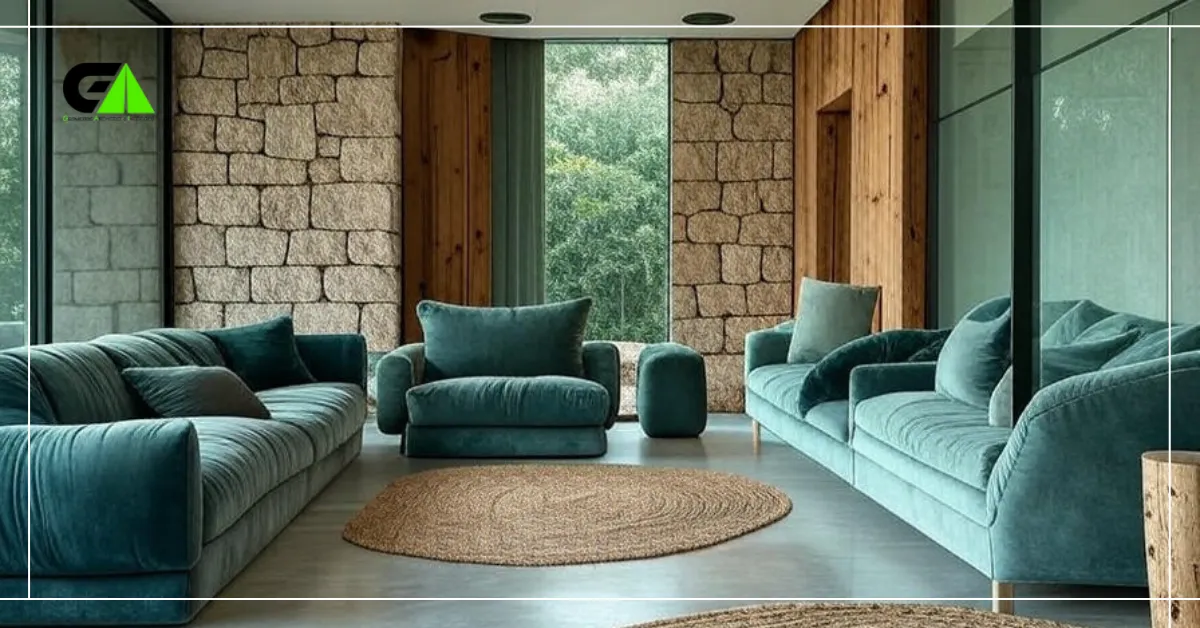
Expert Tips For Selection
Selecting the right material for your interior design project ensures a beautiful and functional space. Consider factors like durability, cost, and aesthetics. Choose materials that match your style and needs.
Choosing the right material for your interior design project can feel overwhelming. With so many options, making the right choice is crucial. Here are some expert tips to guide you.
Consulting With Professionals
Consulting with professionals can save you time and money. Interior designers and architects have experience with different materials. They know what works best in various settings. Their expertise can guide your decisions. They can also provide insights into durability and maintenance.
Sampling And Testing Materials
Always sample and test materials before making a final decision. Touch and feel samples to get a sense of their texture and quality. Place samples in the intended space. Observe how they look under different lighting conditions. Testing materials ensures they meet your expectations. This step can prevent costly mistakes.
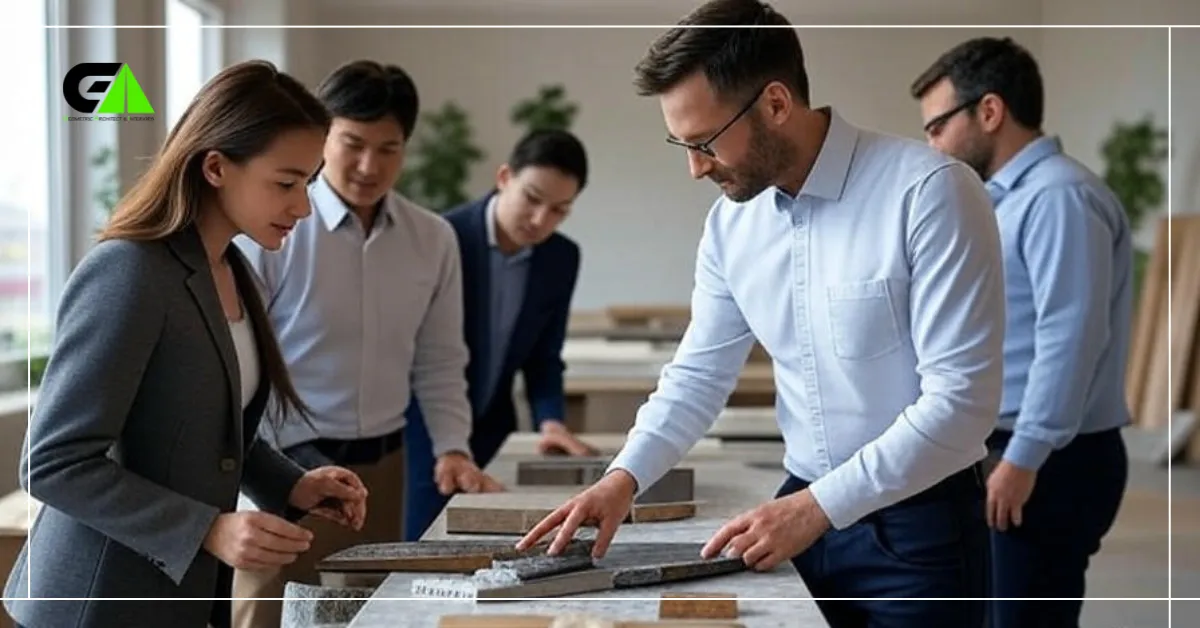
Finalizing Your Choice
Choosing the right material for your interior design project can be daunting. The final step is to finalize your choice. This step involves considering many factors. You must balance function and beauty. Making informed decisions is crucial.
Balancing Function And Beauty
The material you choose should be both functional and beautiful. Think about how the material will be used. Will it withstand daily wear and tear? Consider the room’s purpose. For example, kitchen countertops need durable materials. They must resist stains and scratches.
Beauty is equally important. The material should match your design vision. Consider color, texture, and finish. A material like marble offers luxury and elegance. On the other hand, wood provides warmth and natural beauty.
Making Informed Decisions
Making an informed decision is key. Research different materials. Compare their pros and cons. Look at their cost, durability, and maintenance. Here is a simple table to help you compare common materials:
|
Material |
Pros |
Cons |
|---|---|---|
|
Marble |
Elegant, durable |
Expensive, requires sealing |
|
Wood |
Warm, versatile |
Can scratch, needs maintenance |
|
Concrete |
Modern, durable |
Can crack, heavy |
Also, consider the environmental impact. Some materials are more eco-friendly. Recycled glass, bamboo, and cork are good choices. They are sustainable and stylish.
Finally, seek expert advice. Consult with designers or contractors. They can provide insights on the best materials for your project. Their experience can help you avoid costly mistakes.
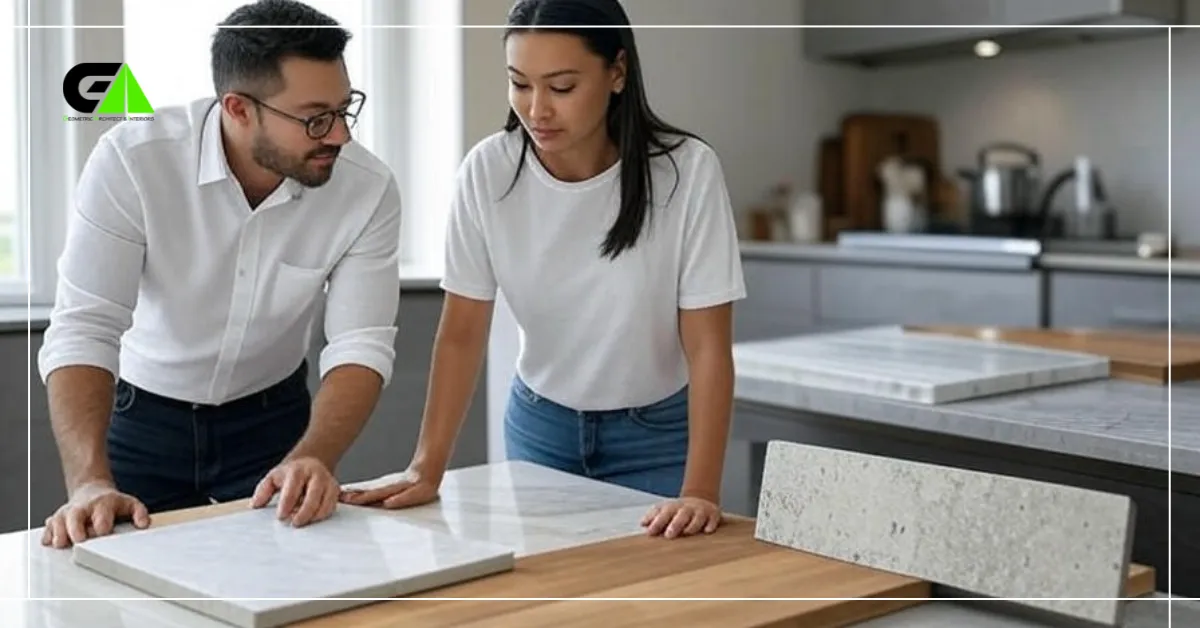
Frequently Asked Questions
What Is The Best Material For Kitchen Countertops?
Granite and quartz are popular choices for kitchen countertops. They are durable, heat-resistant, and easy to maintain. Granite offers a natural look, while quartz provides a more uniform appearance. Both materials come in various colors and patterns, fitting different interior design styles.
How Do I Choose Flooring Material?
Consider durability, maintenance, and aesthetic appeal when choosing flooring material. Hardwood offers a classic look, while tiles are durable and easy to clean. Laminate and vinyl are budget-friendly options that mimic natural materials. Each material has its own pros and cons, so choose based on your needs and preferences.
What Fabric Is Best For Sofas?
Cotton and linen are breathable and comfortable, ideal for sofas. Leather offers a luxurious feel and is easy to clean. Synthetic fabrics like microfiber are durable and stain-resistant. Consider your lifestyle and maintenance preferences when choosing fabric for your sofa.
Are Eco-friendly Materials Good For Interior Design?
Yes, eco-friendly materials are sustainable and often healthier for indoor air quality. Materials like bamboo, reclaimed wood, and recycled metal are both stylish and environmentally friendly. They add a unique touch to your interior design while promoting sustainability.
Conclusion
Choosing the right material impacts the look and feel of your space. Always consider durability and style. Match materials with your lifestyle needs. Your choices should reflect personal taste. Think about maintenance and budget. The right material can transform your home.
Make informed decisions for a perfect finish. Your project deserves the best fit. Happy designing!

